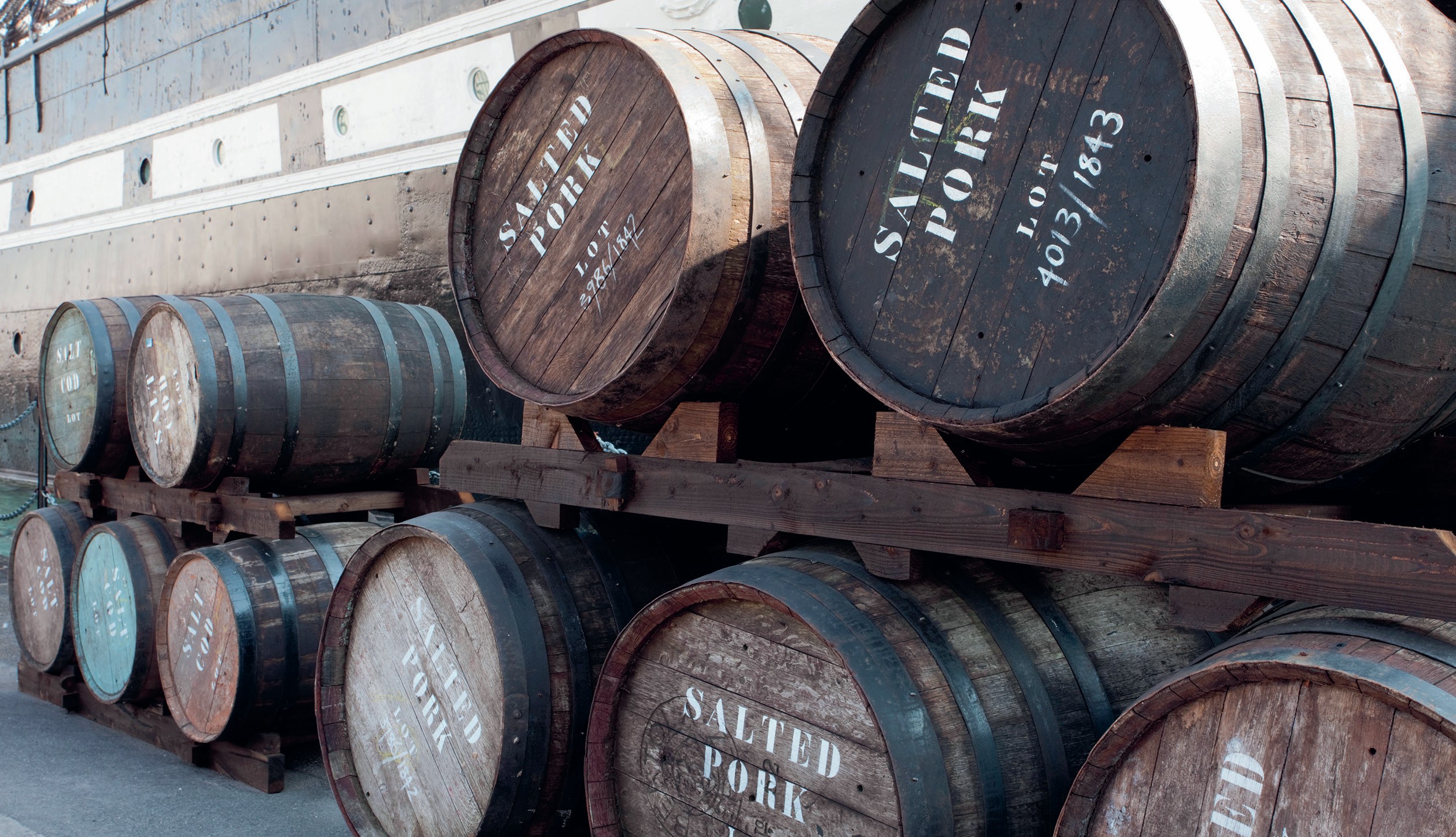
Today, salt — or sodium chloride — is so accessible and common that its history as a once rare and prized commodity is frequently overlooked. With modern drilling techniques, salt is mined in vast quantities under the surface of most continents and its use in industry includes over 14,000 different products and purposes. Yet, salt’s widespread availability and proliferation is a decidedly modern phenomenon. In the Atlantic world, for instance, it was not always so.
In seventeenth-century Europe, salt was much rarer and more coveted than it is today. This reflects how much harder it was to extract as a natural resource: where it was found close to the surface, rock salt was mined directly from the ground; where fuel was cheap and abundant, ‘brine’ salt was extracted by boiling saltwater over furnaces; and where environmental conditions were right, ‘bay’ salt was harvested using solar-evaporation pans at the coast, in saltwater lakes and lagoons. Here, the sun — instead of fire — evaporated water and encouraged sodium chloride to form.
Your organisation does not have access to this article.
Sign up today to give your students the edge they need to achieve their best grades with subject expertise
Subscribe




